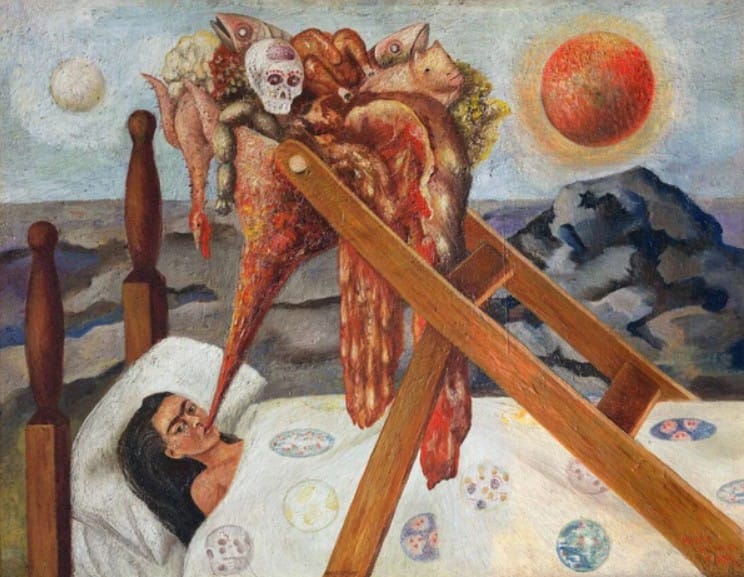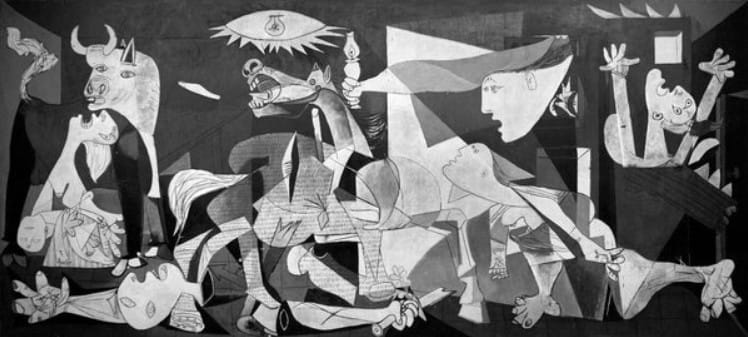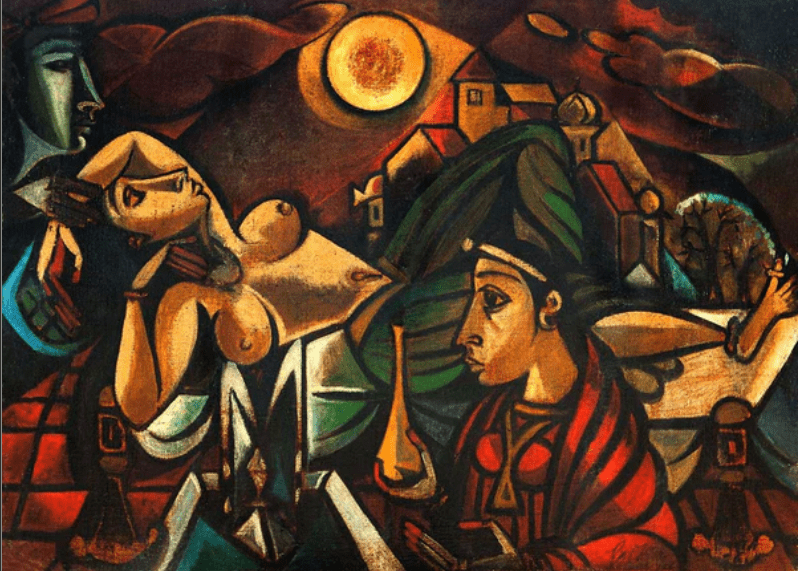How to Read Art: Tips for Interpreting Visual Art
Introduction
Have you ever stood in front of a painting and wondered, “What does this mean?” or “Am I missing something?” If so, you’re not alone. Art can feel mysterious, abstract, or even intimidating, especially when it doesn’t offer a clear story or recognizable figures. But the truth is—art is meant to be experienced, not solved like a puzzle.
Understanding how to read art opens up a deeper appreciation for creativity, emotion, and human expression. Whether you’re a casual viewer, collector, or budding artist, interpreting visual art is a skill you can build. This blog post offers practical, beginner-friendly tips to help you read and interpret visual art with confidence and curiosity.

Why Learning to Read Art Matters
Art isn’t just decoration—it’s communication. From prehistoric cave drawings to AI-generated digital pieces, art reflects the ideas, beliefs, emotions, and social concerns of its time. Learning to interpret art:
- Deepens your appreciation and emotional connection
- Enhances cultural understanding
- Makes gallery or museum visits more meaningful
- Improves visual literacy in everyday life
Just as we learn to read words, we can learn to read symbols, colors, compositions, and styles in art.
1. Start With Your Initial Reaction
Before overthinking, pause and simply observe the artwork.
Ask yourself:
- What’s the first thing I notice?
- What emotions does this piece evoke?
- Does it remind me of anything personal?
Your first impression is valid. Art is often designed to trigger a reaction, and your intuitive response can be the first clue to deeper meaning.

2. Identify the Subject (or Lack Thereof)
Art can be:
- Representational: Depicting real-life objects or people (e.g., portraits, landscapes)
- Abstract: Using shapes, colors, and forms to suggest meaning
- Non-objective: No identifiable subject; purely formal or emotional
Understanding what you’re looking at provides context. For example, a still life of fruit might comment on consumption, mortality (through symbolism like rotting), or even wealth (through fine china).
Tip:
If the piece is abstract, look for recurring shapes, movement, or color patterns that might convey mood or energy.
3. Observe the Elements of Art
Just like grammar helps us understand language, the elements of art are the building blocks of visual interpretation.
a. Line
Are the lines sharp, jagged, soft, or flowing?
➡ Jagged lines may suggest chaos or tension; curved lines may imply grace.
b. Color
Warm colors (reds, oranges) often evoke passion, while cool tones (blues, greens) feel calming.
➡ What mood is being created through color choices?
c. Shape and Form
Are the shapes geometric or organic? Solid or transparent?
➡ Shapes can symbolize structure, emotion, or abstraction.
d. Texture
Can you see brushstrokes? Is the surface rough or smooth (visually)?
➡ Texture adds dimension and can evoke tactile memories or feelings.
e. Space
How are objects arranged? What’s in the foreground vs. background?
➡ Space guides your eye and can symbolize isolation, openness, or intimacy.
f. Value
This refers to the use of light and dark.
➡ High contrast can create drama; subtle transitions may feel dreamy or contemplative.

4. Understand the Principles of Design
Beyond the elements, artists use principles of design to guide composition and impact.
a. Balance
Is the artwork symmetrical, asymmetrical, or radial?
➡ Balance affects the stability and focus of a piece.
b. Contrast
How do opposites interact—light/dark, smooth/rough, warm/cool?
➡ Contrast draws attention and creates visual tension.
c. Emphasis
What’s the focal point? What does your eye go to first?
➡ Emphasis reveals what the artist wants to highlight.
d. Rhythm and Movement
Does the artwork suggest motion? Are there repeating forms?
➡ These guide how your eye moves through the artwork.
e. Unity and Variety
Do all parts feel cohesive? Or is there deliberate discord?
➡ Unity gives the piece harmony, while variety keeps it interesting.
5. Consider the Context
Understanding historical, cultural, and biographical context enhances interpretation.
a. Artist’s Background
Knowing the artist’s life experiences or political views can shape meaning.
➡ Example: Frida Kahlo’s self-portraits are tied deeply to her physical and emotional pain.

b. Historical Context
What era was it made in? What social or political issues were relevant?
➡ Example: Picasso’s Guernica responds to the horrors of war.

c. Cultural Symbols
Recognizing religious, mythological, or regional symbols offers deeper insight.
➡ Example: A lotus in Indian art symbolizes purity and divine beauty.
6. Ask Interpretive Questions
To dig deeper, ask:
- What story might this artwork be telling?
- What feelings or memories does it trigger in me?
- Why might the artist have chosen this subject/style?
- Are there any symbols, metaphors, or allegories?
- How does the title influence my understanding?
These questions encourage critical thinking and connect your personal experience with artistic intent.
7. Learn Basic Art Terminology
Familiarizing yourself with basic terms helps you read critical reviews and understand gallery labels. Some useful terms:
- Medium – The materials used (oil, acrylic, ink)
- Composition – How elements are arranged
- Palette – The range of colors used
- Perspective – Technique used to represent space
- Motif – A recurring element in an artwork
🔗 For a full glossary of art terms, check out Tate Museum’s Art Terms.
8. Explore Your Emotional and Intellectual Response
Art isn’t always meant to be understood—sometimes it’s meant to be felt.
- Does the work make you uncomfortable? Intrigued?
- Are there conflicting emotions at play?
- Does it remind you of a personal experience?
Your unique response is part of what makes interpreting art powerful and personal.
9. Compare and Contrast
Look at different artworks side-by-side:
- How do two artists represent the same theme differently?
- How does one painting make you feel vs. another?
Comparison sharpens your visual literacy and helps you spot subtle choices in color, form, and meaning.
10. Keep Practicing!
Like any language, reading art becomes easier with practice. Visit galleries, follow art blogs, read labels, and trust your instincts. Over time, you’ll build an intuitive sense for artistic meaning—even in the most abstract pieces.
At ISKUSS, we believe art interpretation should be enriching and inclusive. Our curated collections aim to bridge traditional and modern aesthetics while sparking thoughtful engagement with global art.
🔗 Browse our gallery at ISKUSS and apply your new skills today.

Summary: Your Art Interpretation Checklist
Before walking away from an artwork, consider:
✅ What’s my initial reaction?
✅ What are the elements and principles at work?
✅ What’s the subject or theme?
✅ What’s the context (artist, culture, history)?
✅ What questions does it raise for me?
Remember, there’s no single “correct” way to read art. Your perspective matters.

